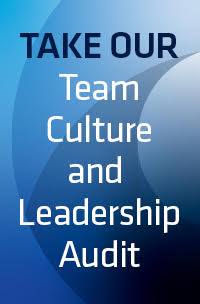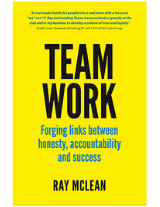It’s almost impossible to completely remove our emotions from the workplace – sometimes despite our better judgement. When passionate people are working on projects they’re invested in, disagreements are inevitable.
The most important thing to keep in mind from a team development perspective is ensuring these exchanges are positive. Too many businesses shy away from conflict, classifying it as a sign that employees are at odds with each other. However, as long as these exchanges are happening for the right reasons, the more creative differences you resolve, the better your team will perform.
Why do we resist disagreements?
For most of the workforce, it’s difficult to choose an appropriate time to voice their disagreement, no matter how long their dissatisfaction has been gnawing at them. People know they’re shattering a sense of comfort when they speak up, which only makes them more hesitant.
Another element that makes us resist conflict is often just mere misunderstanding of why it happens. Some people take it personally, while others see it as people just trying to change things. Overcoming assumptions such as these is one of the first steps to creating proactive conflict in the workplace. If we understand why someone is taking an exception to something, we can work out what to do about it.
It’s all about intent
When discussing best practice approaches to disagreements in the workplace, the defining factor for deciding how to respond is often intent. If you can ask and answer “what does this person want to achieve?” you can shape a productive response and ensure there is some merit to the conversation.
Forbes calls it the “What’s In It For Me Factor”, a consideration you can apply to your own position as well as the person you are discussing the issue with. Motivation is the context that helps us understand the content of a discussion. If your goals and those of the other party are both clear, it stops the disagreement being an argument for argument’s sake and helps the relationship to move forward.
If you don’t know what their goals are, ask. Replace what and how with why and listen carefully to the answer. It’ll help you better form your counter-argument or maybe change your perspective all together.
What if you’re disagreeing with a superior?
Arguments and conflict are stressful enough for some people when they involve their peers and team members. There’s less of a sense you’re crossing boundaries, especially if you work with that person every day. The longer you’ve worked with them, the easier it is to challenge them because you know there’s a strong relationship in the background.
The clearer your motives are, the easier it is to present to your boss.
But what if you disagree with something the boss has done? Or the CEO? For those of us that struggle to speak up to a team member, situations like this raise the stakes even further. However, this doesn’t have to be the case. If the organisation is operating on the idea that no one person is as smart as everyone put together, it doesn’t matter if the next best idea comes from the CEO or from someone new to the company. A person’s position within the company shouldn’t affect their confidence when it comes to these contributions.
To build your confidence in these exchanges, there needs to be a level of trust between you and your superiors, one that acknowledges you’re both working towards the same goals and are committed to genuine communication. Think of them as simply another member of the team.
Positive conflict and disagreement is essential to leadership development and building relationships between teams. To find out more, get in touch with Leading Teams today.




